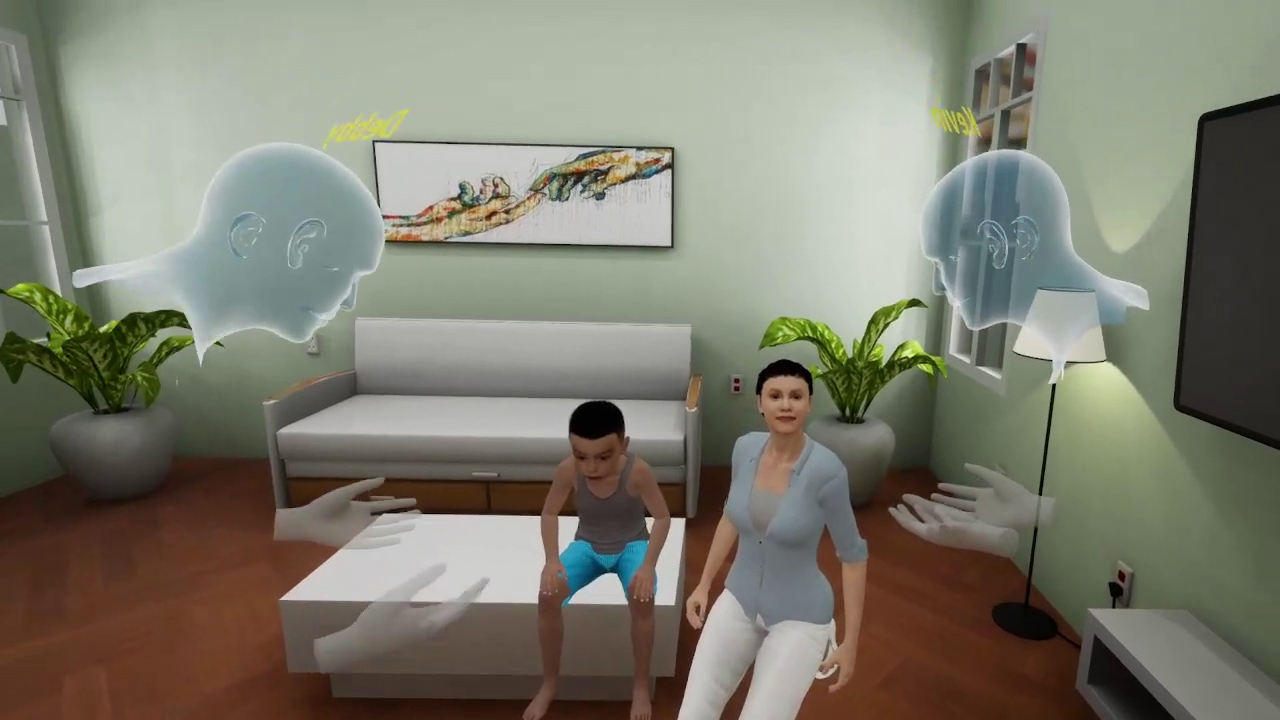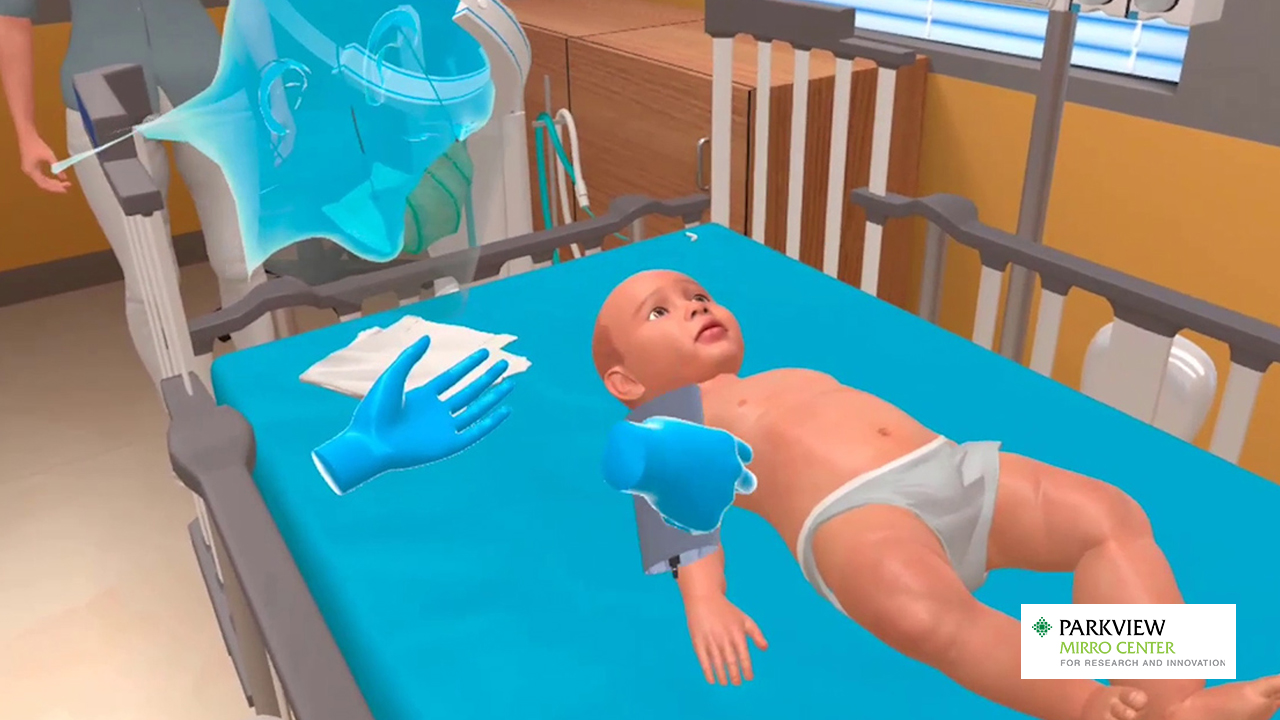
A simulation is created to mimic an existing scenario or a proposed one. When it comes to training and development, simulations are imitations of real-world setups that present realistic environments to learners. The idea is to get learners to practice and perform in close-to-reality environments and build confidence. This is not limited to a workplace set up but also encompasses ideas like diversity and inclusion.
The real world is vastly diverse, with the ease of travel and communication facilitating migrations. This means that in a normal day’s work it would not be unusual to come across people from diverse cultures, races, ethnicities, nationalities, religions, beliefs, sexual orientation and gender identification. The chances of such encounters are higher in the healthcare sector; it could be patients or co-workers.
Need for diversity and inclusion
Why the sudden buzz around developing a diverse and inclusive society? This may sound a bit perplexing at times but there is a good reason for this. With great connectivity has come a good mingling of cultures and when these diverse people come in contact it sometimes leads to clashes, all for the very wrong reasons. Tolerance seems to take a backseat and what comes out is contempt, mockery, and vehemence. The fact that at the end of the day all are humans, belonging to the same species is lost and conflicts erupt. There are even cases of mistreatment, ostracizing, and insults being hurled just because some members of societies are seen by others as outsiders. With such incidences growing, there has been an increasing need to bring about diversity and inclusion.
How can simulations help promote diversity and inclusion?
Though the words diversity and inclusion are often used together they barely signify the same thing. A society may be very diverse but need not be inclusive. The idea is to bring about tolerance and inclusion in a diverse society so that everyone feels belonged and included. When it comes to healthcare this becomes all the more important. Can simulations help bring about a positive effect in this regard? There is a fair chance that this is possible. Simulations are manmade and can be tailored to fit the purpose. MedVR Education’s in-VR customization option allows creating customized simulations that help promote diversity and inclusion in their scenarios.
– Diverse virtual humans: Virtual humans are the creations of real human skills. What they look like and behave like is all in the hands of their creators. Since their appearances and mannerisms can be manipulated it makes perfect sense to create characters with different skin tones and varying characteristics. This also includes their mannerisms and choice of attire. Exposing learners to diverse characters can help bring about awareness and a sense of tolerance when encountering them in real-life. Keeping this very fact in mind, MedVR Education’s in-VR customization options allow learners to select virtual patients and characters from diverse backgrounds.

– Use of language: Learning all the languages of the world is not possible. Even dialects have their limitations but by including characters from different sections of society with their diction, body language and mannerisms, learners can be given a glimpse into their speech traits. Take for example the English language. People from different parts of the world speak this one common language with a tinge of their mother language. Keeping this in mind, if virtual humans are trained to speak according to the character they represent, the user will develop a familiarity with it. The Mental Health series of simulations from MedVR Education consists of diverse characters. The choice of words, framing of sentences, the diction, the slang used by some can be custom trained keeping in mind their specific character.
– Scenario creation: Simulations represent scenarios, scenarios which consist of characters. Every society, household, office, even a simple workstation represents the people associated with them. When simulations are in tune with the kind of people they represent, the depiction is accurate. It exposes users to different environments and ways of life.
– Subjects of conversation: Some societies are open to communicate on all subjects while some refrain from talking about certain subjects. There are issues that can be sensitive to one section of society but absolutely irrelevant to another. One class of people may find specific references to be offending while others may just overlook it. With society becoming a mixed bag of characters, it pays to be aware of what may fall in the range of sensitive issues. Training in simulations with AI-enabled virtual humans can be a good way to learn and develop a sense of awareness.
Selecting characters from diverse backgrounds and custom-creating scenarios that promote inclusiveness can prove to be an effective way to create awareness and understanding. This can further lead to increased tolerance and acceptance. Simulations are created to replicate real-world environments. Diversity is very much a part of the present global setup and when learners and users are exposed to it in simulations, they can be better prepared to conduct themselves appropriately as per the situation.
If you are interested in learning more about MedVR Ed’s multiplayer VR training options, contact us for a free demo.


